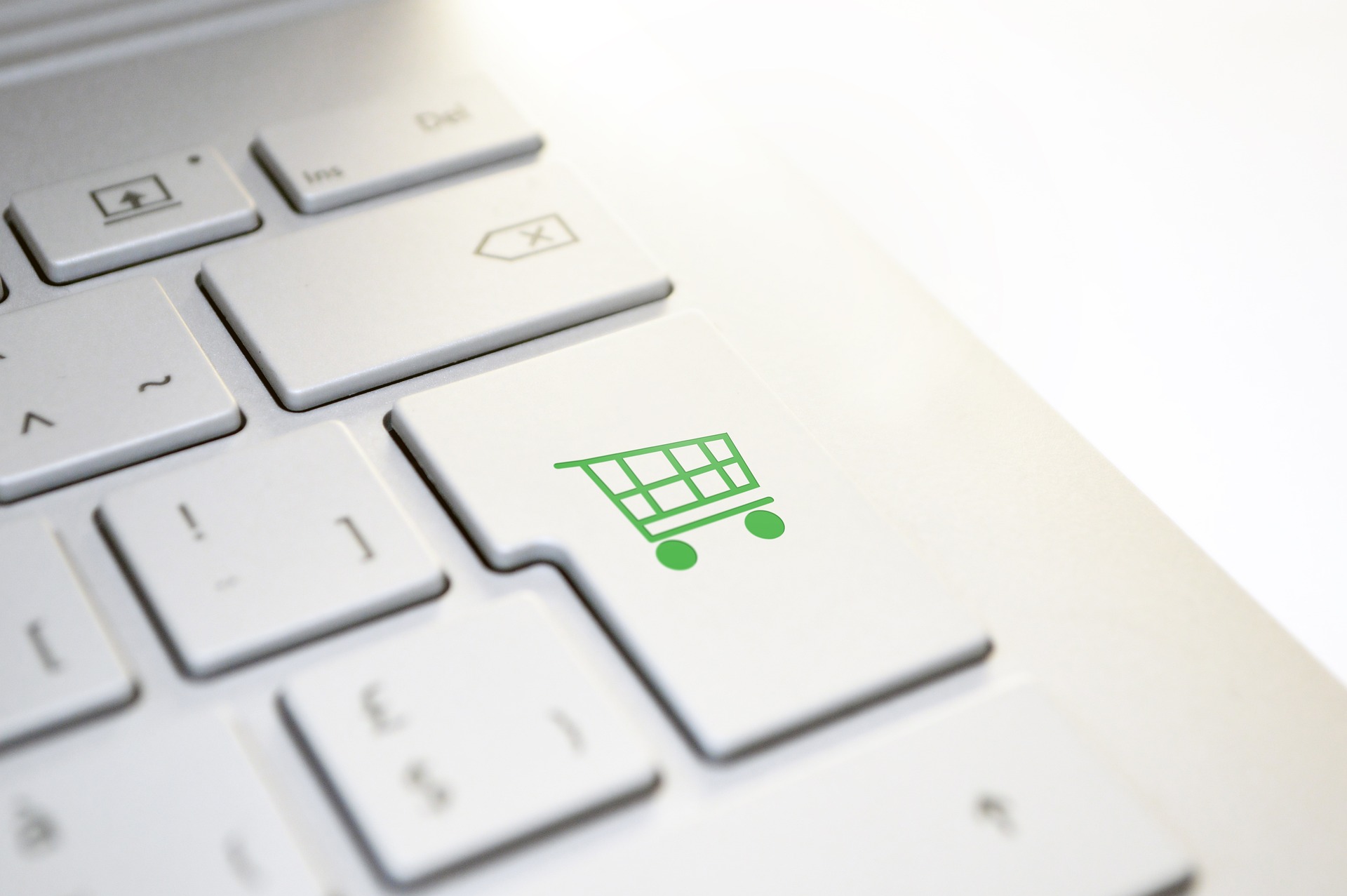Designing Mobile-First Product Pages for Global Buyers
Mobile-first product pages shape how international customers discover, evaluate, and buy items on smaller screens. This article outlines design principles and operational considerations that help ecommerce and retail teams improve conversion, support cross-border logistics, and adapt experiences for diverse buyers.
Mobile experiences set the tone for global purchasing decisions. For product pages aimed at international shoppers, prioritize concise messaging, clear imagery, and unobstructed calls to action so buyers can compare, add to cart, and begin checkout quickly on any device. Consider local expectations for payments, language, and fulfillment while balancing performance and accessibility: a fast, focused page reduces friction and supports conversion across markets.
How should mobile layouts prioritize conversion and mobile UX?
Mobile-first layouts should lead with the most influential information: product title, price or price range, key attributes, and a primary image or short video. Use progressive disclosure to surface specifications and sustainability details only when buyers look for them, keeping the initial viewport uncluttered. Optimize images and use responsive elements so slow networks don’t block essential content; lazy-load secondary images, preload critical assets, and keep interactive affordances large enough for fingers. Small design decisions — like visible stock indicators, clear shipping estimates, and single-column flows — directly affect cart additions and conversion across retail sites and marketplaces.
How can personalization improve relevance for global ecommerce shoppers?
Personalization on mobile should be lightweight and privacy-aware. Offer region-specific language, currency, and product variants based on detected location or user preference, while providing an easy override. Tailored merchandising can surface size guides, fit recommendations, or eco-friendly options depending on browsing signals. Use personalization to reduce cognitive load: surface compatible accessories, suggest proper sizes for local body measurements, or prioritize delivery options that match the buyer’s timeline. Keep personalization transparent and avoid intrusive overlays that disrupt the path from product view to cart.
How to streamline cart, checkout, and payments on mobile?
A streamlined mobile cart and checkout reduce abandonment. Keep the cart summary concise and allow inline edits without navigating away. Use a single-column checkout with clear progress indicators and limit required fields; prefer auto-detection for address fields and offer local shipping methods. Present payment options relevant to each market — digital wallets, local bank transfers, or installment plans — while clearly communicating security and refund policies. Minimize redirects and use in-page flows when possible so payment completion feels seamless and fast.
How can augmented reality and social commerce enhance product pages?
Augmented reality (AR) and social commerce features help mobile buyers evaluate fit, scale, and style without a physical store. Lightweight AR viewers that work in-browser let shoppers visualize products in real contexts, reducing returns and improving confidence. Integrate user-generated content and shoppable social posts to highlight real-life usage and social proof, but ensure moderation and accurate product tagging so interactions don’t mislead. These features should be optional extras on product pages, accessible via prominent but non-intrusive controls to preserve fast load times and accessibility on lower-end devices.
How to address sustainability, logistics, returns, and fulfillment expectations?
Global buyers increasingly consider sustainability and return flexibility when choosing sellers. Provide clear, region-specific delivery estimates, carbon-conscious shipping options, and the environmental impact of packaging where available. Detail return windows, local return locations or labels, and any restocking fees in the product page or expandable returns section to set expectations before checkout. Coordinate with fulfillment partners and marketplaces to show accurate delivery promises and tracking updates; transparency on logistics reduces post-purchase friction and supports repeat purchases.
How to support marketplaces, cross-border taxes, and localization?
Product pages for international audiences must surface marketplace policies, duties, and taxes to avoid surprises at checkout. Display prices inclusive or exclusive of duties per local norms and offer a calculator or clear note about customs to help buyers understand final costs. Localize copy, measurements, and legal text, and ensure customer support channels are appropriate for each market. When listing across multiple marketplaces, synchronize inventory, shipping rules, and returns handling to prevent oversells and to keep fulfillment predictable.
In summary, designing mobile-first product pages for global buyers combines tight UX prioritization with operational clarity. Focus the initial experience on essential details that drive cart additions and conversion, layer personalization and AR features responsibly, and make payments, logistics, and returns transparent for each market. These combined elements help mobile product pages serve diverse international audiences while maintaining performance and trust.






